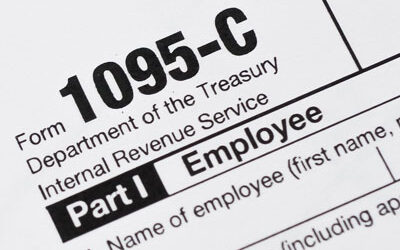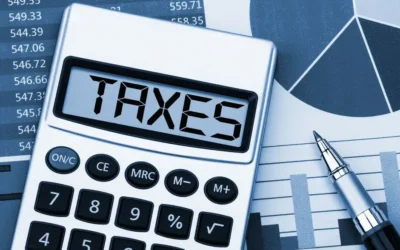by Stephen Bevins
“Ohhhh Yeeeeeah! My ride is here.” Customers of a ride-sharing service understand this excitement. They book their ride, arrive at their destination, and then pay their driver.
Now, let us understand how the driver tracks and reports revenue from customers. At the end of the year, the ride-sharing company will issue the driver two forms: A 1099-K and a Tax Summary. The 1099-K reports the gross amount of payments. The Tax Summary lists expenses that are likely to be deducted on Schedule C, such as tolls, airport fees, and sales tax.
Mileage is another deductible expense. The mileage driven with passengers in your car, miles driven to pick up a passenger after receiving a ride request, and the miles driven to get to a more central location to await the next ride request all can be deducted. There is a standard mileage rate for mileage deductions.
Other deductions for drivers are numerous. The cost of a cellular phone and the monthly service plan. Floor mats to ensure a clean car for passengers. Also, a roadside assistance plan like AAA can be deductible. With all deductions, it is important to keep business use of the car and deductions documented and separated from personal car use. It is advisable to keep all receipts of purchases made and payments received. What about taxes?
Drivers are independent contractors, which means they must pay self-employment taxes.
Self-employment taxes include both the employee and employer portions. Self-employment taxes are 15.3% of net income. Half of what is paid in self-employment taxes can be taken as a deduction on the Form 1040 income tax return. Some drivers may have to pay estimated income taxes.
If a driver expects to owe at least $1,000 when they file their tax return, they must make estimated tax payments. A new driver is going to know quickly whether their driving is going to create little income or a lot of income. If a new driver has rapidly growing income, the driver will want to contact their local accounting firm for year-end tax liability analysis. It is best practice for a new driver to save 25% of their income, to prepare for their year-end tax liability. For an experienced driver, the prior year tax return can be analyzed to see if estimated quarterly tax payments need to be made starting on April 15th of the current year. Quarterly estimates are composed of both FICA and Federal Income taxes. A penalty may apply for underpaid or late payments. Taxpayers can pay online through the EFTPS system, by phone, or by mail. The EFTPS system is the best way to pay because it keeps concise records of all payments made.
Blackburn, Childers, and Steagall will be glad to help you with all your accounting needs.
Happy summer road trip. Remember to give your driver a tip.




